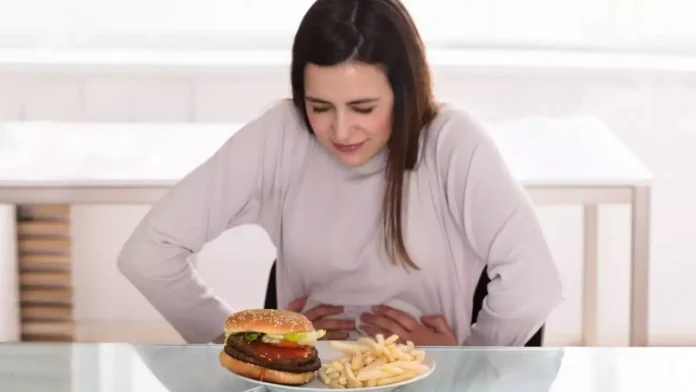Menstrual cramps are never easy to deal with; they may be inconvenient, debilitating, and occasionally so bad that you may have to postpone your plans for the day. There are other suggestions for relieving this excruciating period pain, including the use of heat patches, yoga, exercises, and over-the-counter painkillers. The incorrect food plan, however, is the main factor that is unshakeable in this agony. We’ll talk about three key dietary tips in this article that can assist in lessening cramping.
Jian Jenny Tang, MD, is an assistant professor of obstetrics, gynecology, and reproductive science at the Icahn School of Medicine at Mount Sinai and an ob-gyn at Mount Sinai Hospital in New York City. Explained A simple description of the period pain cycle, Dysmenorrhea is the medical term for period pain that is so severe. Period cramps can be physically uncomfortable, but they can also be emotionally upsetting since they can make people feel angry, tired, or frustrated.
Food to avoid during your menstrual cycle
Consider the whole menstrual cycle when planning your diet because various nutrients are required at different stages of the cycle. This includes the time you spend eating throughout your period.
While some foods might help reduce menstrual pain, regrettably, some foods can make it worse. Eating things that ease the pain is not always as important as knowing what not to eat during your menstrual cycle. The following are some frequent offenders to avoid:
Red meat:
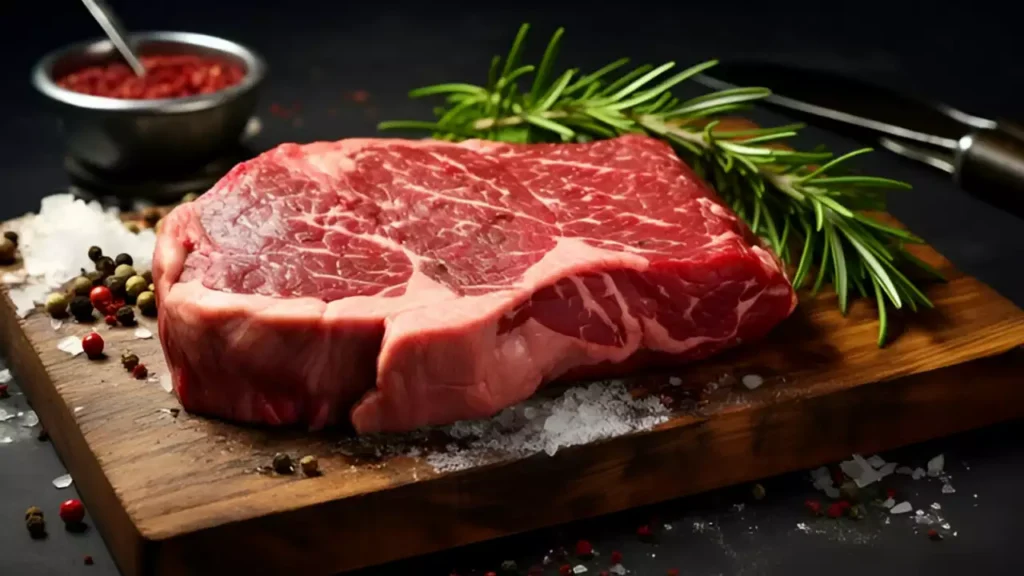
Red meat can worsen cramps because it is high in arachidonic acid, a precursor to inflammatory prostaglandins. Choose leaner protein sources such as beans, fish, or poultry.
Foods that are fried or greasy:
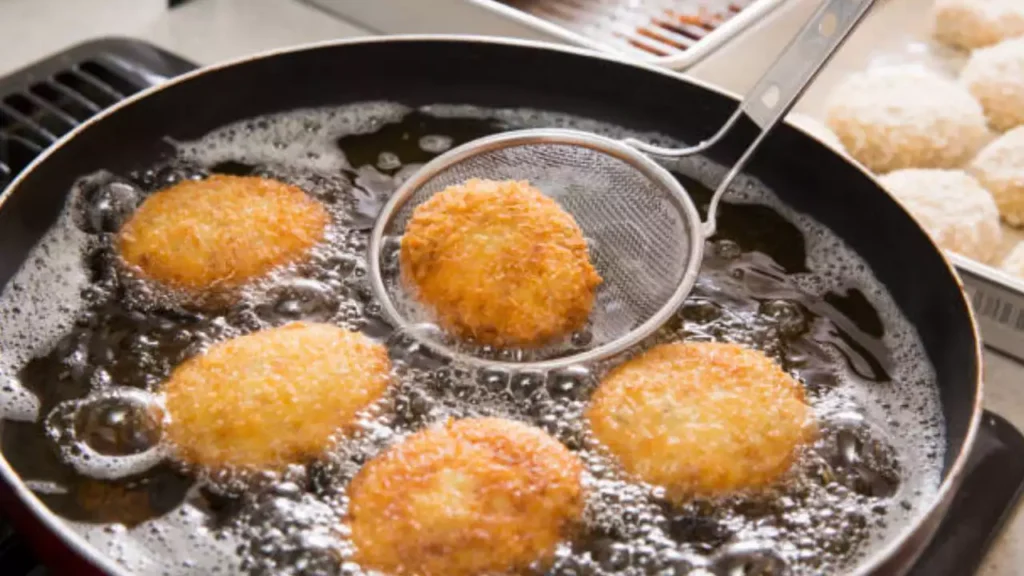
Rich in saturated fat, these foods can make pain and inflammation worse.
Refined carbs:

Blood sugar spikes and crashes are brought on by white bread, pastries, and sugary cereals, and they can exacerbate weariness and mood swings. Consume only whole grains such as quinoa, brown rice, and oats.
Nutritional modifications for alleviating pain
Even though women frequently experience painful and severe period cramps, there are natural ways to relieve the pain, including by adopting minor dietary adjustments. Hormone fluctuations throughout the menstrual cycle can cause food cravings. A need for salty or sugary snacks may be your body’s attempt to boost energy levels temporarily.
These meals help prevent the discomfort that occurs with each month’s menstrual cycle. Magnesium, present in foods like roasted pumpkin seeds, chia seeds, soy milk, black beans, salmon, and green vegetable juice, also helps to relax muscles.
Menstrual pain is less common in women who follow the Mediterranean diet, which is high in fruits, vegetables, and healthy fats.
Here are some food recommendations to help you cope with period pain:
- Dark Chocolate
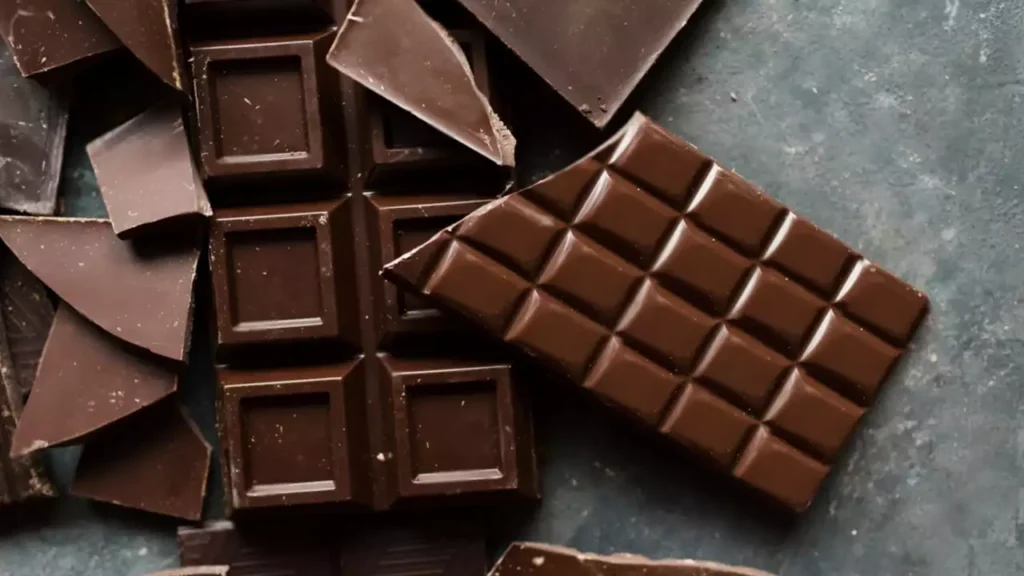
Not only can dark chocolate satisfy sweet tooths, but it also helps ease menstrual cramps. Magnesium is an ingredient that aids in muscle relaxation and discomfort relief. Furthermore, serotonin precursors found in dark chocolate help elevate mood. For maximum advantages, dark chocolate with at least 70% cocoa content is advised.
- Ginger-Infused Tea
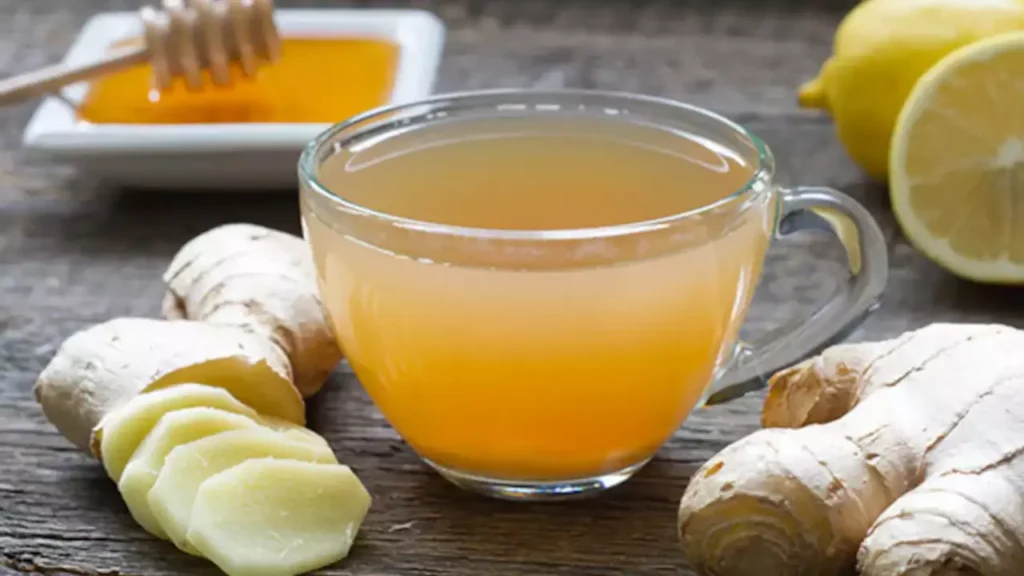
Ginger has long been recognized for its capacity to lessen muscular soreness and act as an anti-inflammatory. Period cramps can be effectively relieved and relaxation can be encouraged by drinking ginger tea, Stir-fries, soups, and smoothies can also be made using it.
- Omega-3 Rich foods

Menstrual discomfort and inflammation can be reduced by including omega-3 fatty acids in your diet. Omega-3s are abundant in fatty fish, like sardines, mackerel, and salmon. The ideal ratio of omega-3 to omega-6 fatty acids should be maintained in your diet. Additionally, hemp seeds, walnuts, seaweed, mackerel, and oysters contain them.
Role of nutrition
Leslie Northcutt, the head of nutrition, advises consuming high-fiber foods, particularly during the luteal phase. Oats, kidney beans, broccoli, and root vegetables like carrots and beetroot are some examples of foods high in fiber. These meals aid in the constipation that comes on during the luteal phase of menstrual cramps.
In addition, poisons and hormones that your body wants to flush out can accumulate and be reabsorbed if you aren’t eliminating them effectively enough. When estrogen accumulates during your menstrual cycle rather than being pushed out, you may have estrogen dominance, which can lead to excruciating cramps and heavy bleeding.
According to Northcutt, “balance is best.” Everyone is aware that eating well and exercising are necessary for good health, but it’s also helpful to know a few basic life balance tips and strategies.
Recall that maintaining a balanced diet, staying hydrated, and paying attention to your body are crucial for supporting general well-being during your menstrual cycle. Although these dietary recommendations may be helpful, it is always advisable to speak with a healthcare provider for specific guidance.

